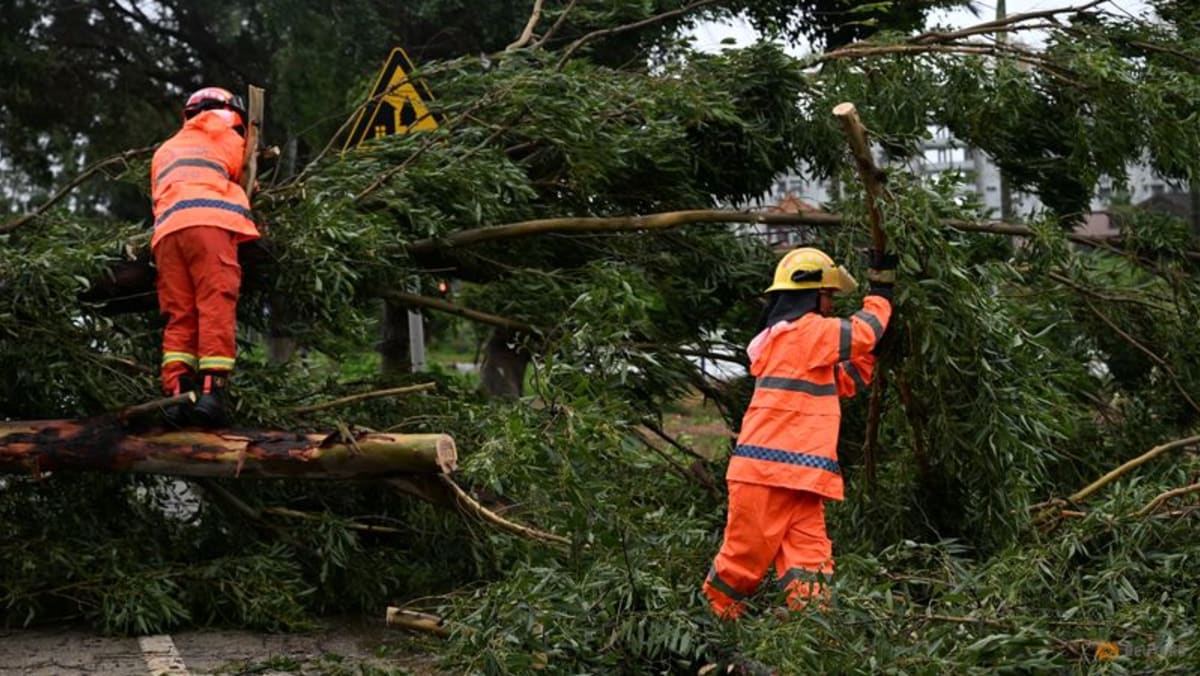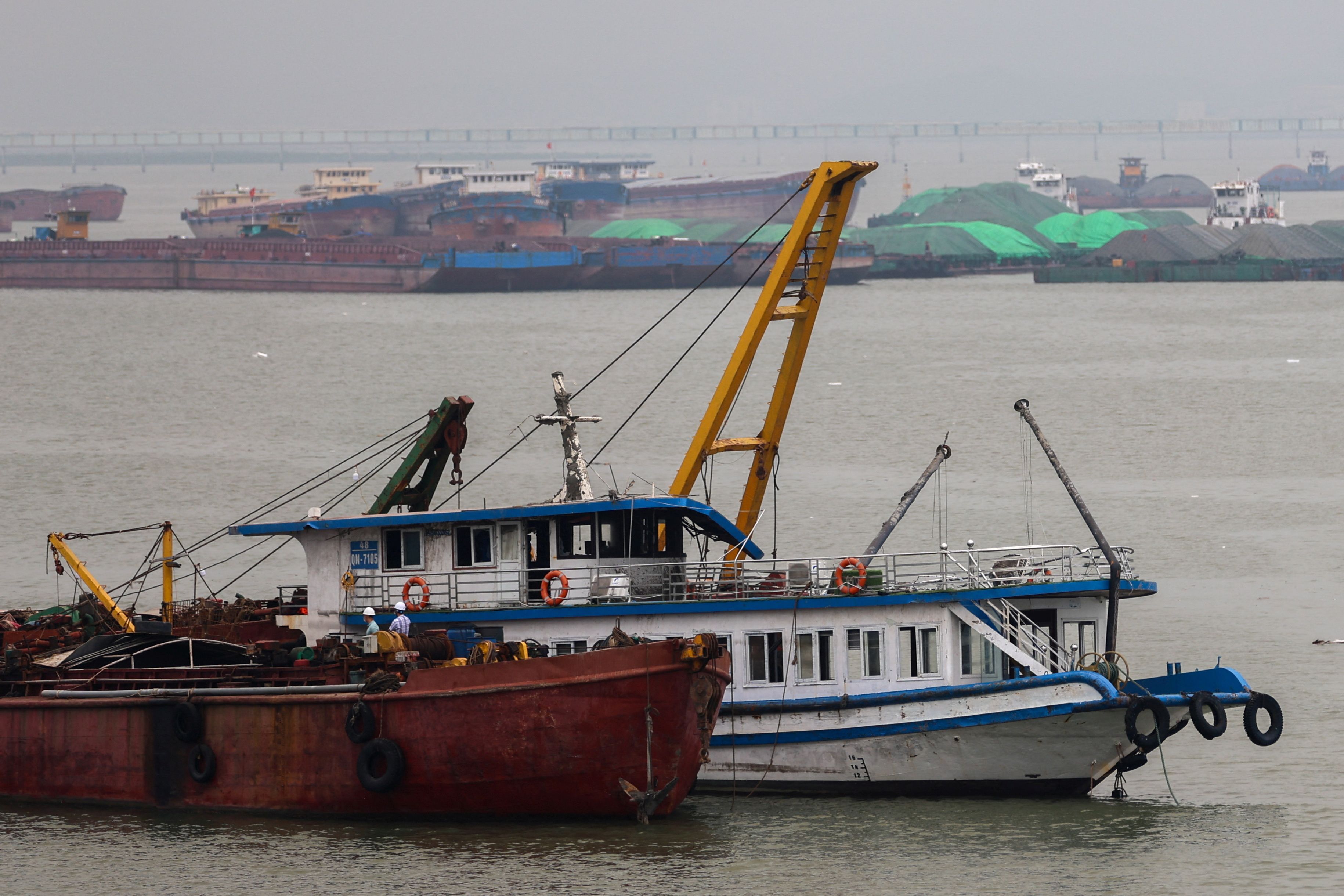Typhoon Wipha unleashed its fury on Hong Kong and southern China in July 2025, forcing the issuance of the highest storm alert, No. 10, as wind gusts reached a staggering 234 km/h. The typhoon wreaked havoc on the region, uprooting hundreds of trees and damaging infrastructure. With the powerful storm's heavy rains, flooding became rampant, compelling emergency services to set up temporary shelters as over 200 individuals sought refuge from the severe conditions. The city faced disruptions, with
Did You Know
In Switzerland, it's illegal to own just one guinea pig because they're prone to loneliness.
?
AD
businesses remaining open in some areas while many residents braved the elements to navigate their daily lives.
As Wipha made its way toward southern China, the government took swift action. Authorities issued evacuation orders for hundreds of thousands of residents in vulnerable coastal provinces of Guangdong, preparing for the storm’s anticipated impact. Small communities and urban areas alike were put on high alert as Wipha transitioned from a fierce typhoon to a severe tropical storm after landfall. The storm delayed travel plans for thousands as Hong Kong International Airport saw over 500 flights canceled, stranding numerous travelers and creating a chaotic scene as they scrambled to find alternative arrangements.
In the aftermath of Wipha's devastation, the people of Hong Kong began the slow process of recovery. Despite the chaos, businesses in some sectors re-emerged gradually, and essential services resumed as the storm warnings lifted. While authorities continued to assess the damage and aid the affected, the resilience of the community shone through the turmoil. As heavy rain turned to showers, the city slowly stepped back into normalcy, but memories of Wipha's wrath lingered in the minds of its residents, serving as a stark reminder of nature's unpredictable power.
Q&A (Auto-generated by AI)
What are the impacts of typhoons on Hong Kong?
Typhoons can cause severe disruptions in Hong Kong, including flight cancellations, school closures, and damage to infrastructure. For instance, Typhoon Wipha led to the cancellation of hundreds of flights and the issuance of the highest storm warning. The city often experiences heavy rainfall, fallen trees, and flooding, which can impact public transport and daily life.
How do typhoon signals work in Hong Kong?
Hong Kong uses a system of numbered signals to indicate the severity of typhoons. A No. 10 signal represents the highest level of alert, indicating hurricane conditions. As the storm weakens, signals are lowered, such as from No. 10 to No. 8, and eventually to No. 3, reflecting decreasing threat levels. This helps residents prepare and respond accordingly.
What safety measures are in place during typhoons?
During typhoons, Hong Kong's government issues warnings and safety guidelines, urging residents to stay indoors, secure loose items, and avoid unnecessary travel. Emergency services prepare for potential rescues and evacuations. Shelters are opened for those needing refuge, and public transport may be suspended to ensure safety.
How does Typhoon Wipha compare to past typhoons?
Typhoon Wipha, which struck in July 2025, was notable for its high wind speeds, reaching up to 234 km/h. It prompted the issuance of the No. 10 signal for the first time since Super Typhoon Saola in 2023. Comparatively, past typhoons like Hurricane Mangkhut in 2018 also caused significant damage, but Wipha's intensity and timing made it particularly impactful.
What regions are most affected by Typhoon Wipha?
Typhoon Wipha primarily affected Hong Kong and southern China, particularly Guangdong province. Airports in Hong Kong, Shenzhen, and Macao experienced major disruptions, with flights canceled and travelers stranded. The typhoon's path also threatened coastal areas in Vietnam, prompting emergency measures there.

















